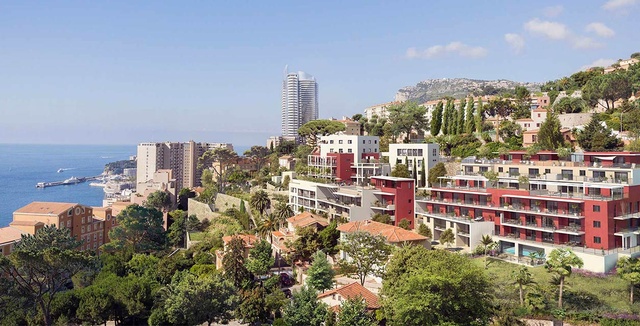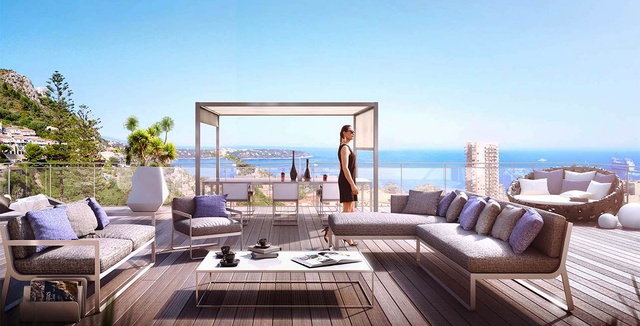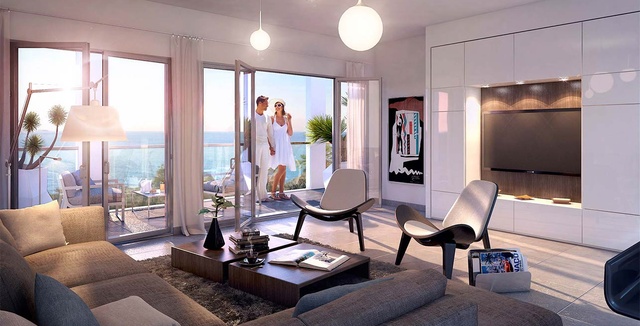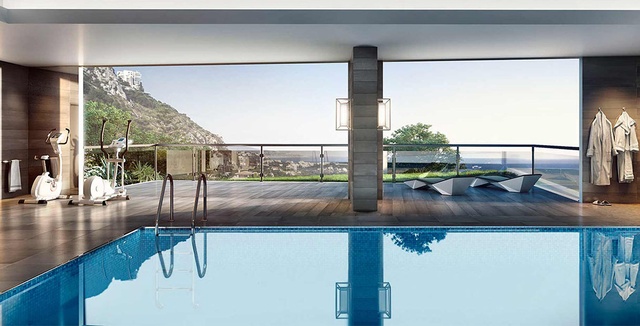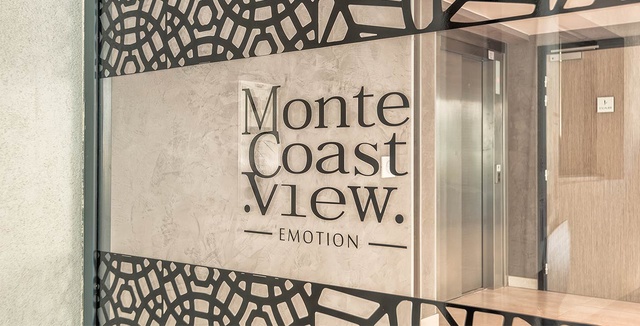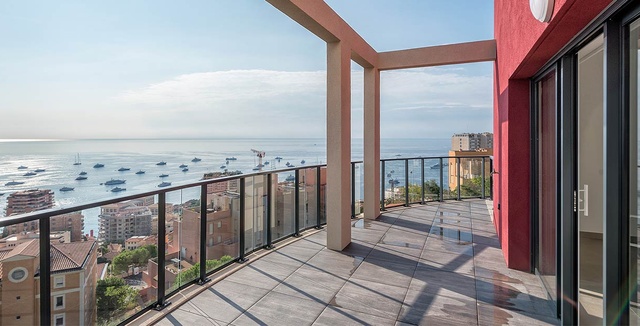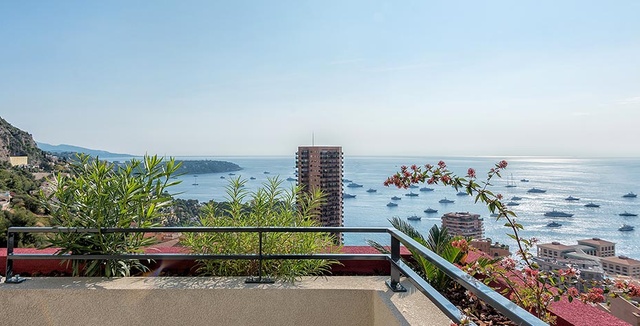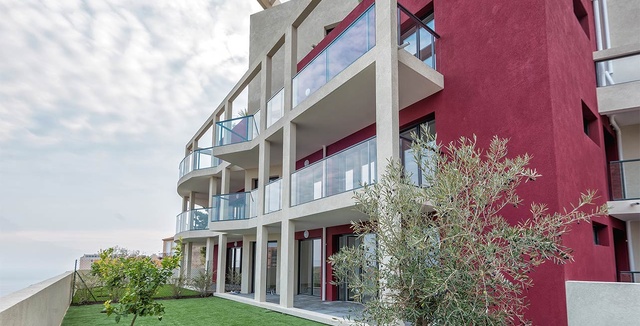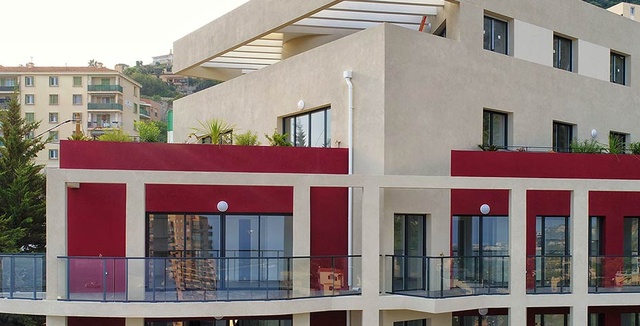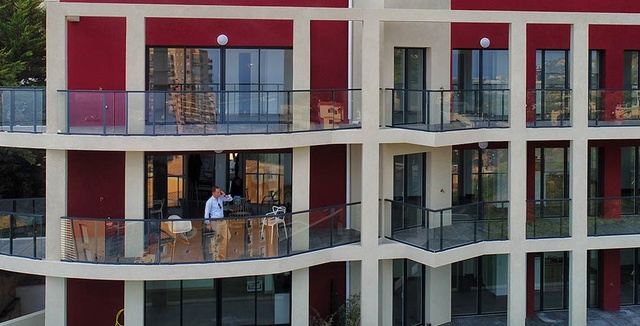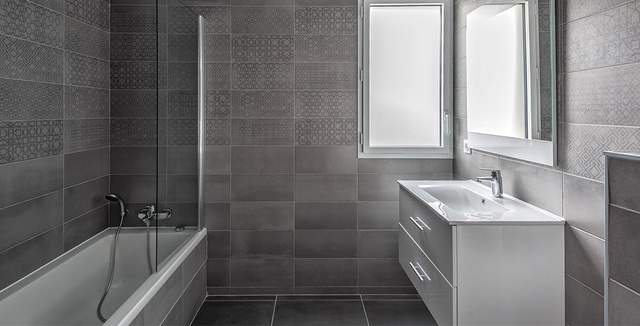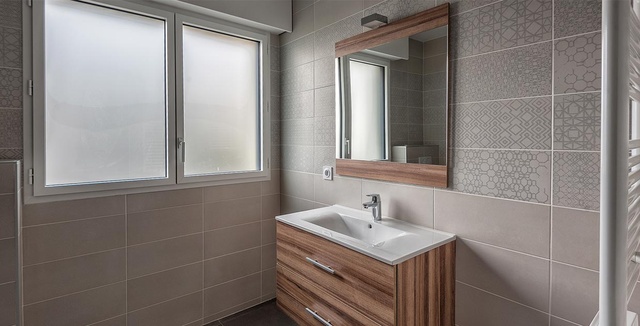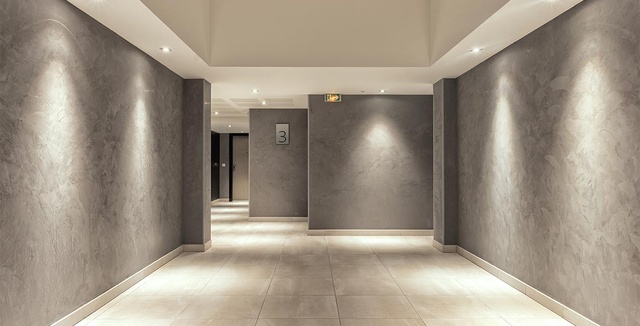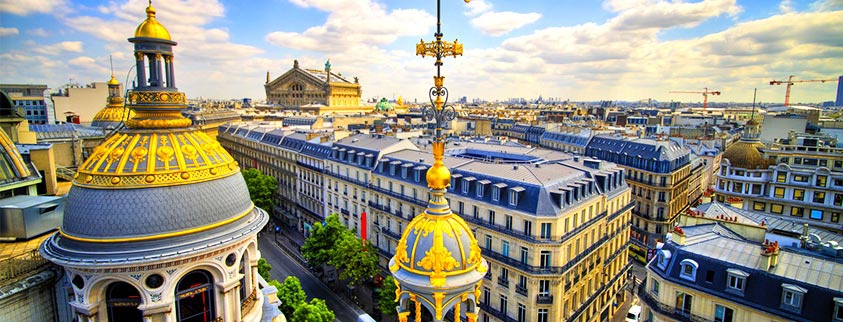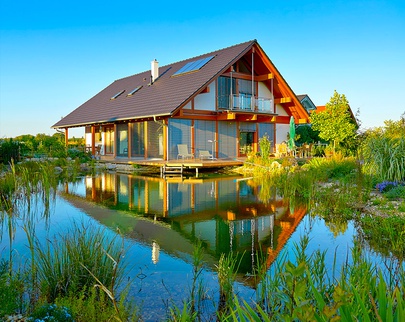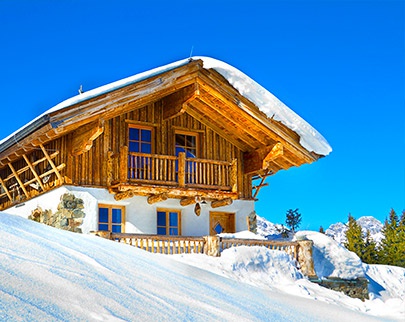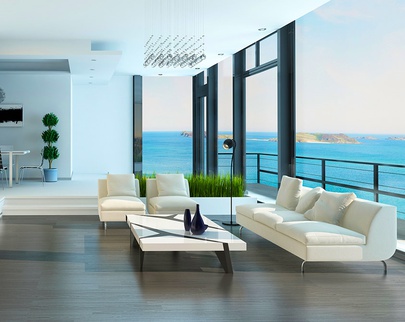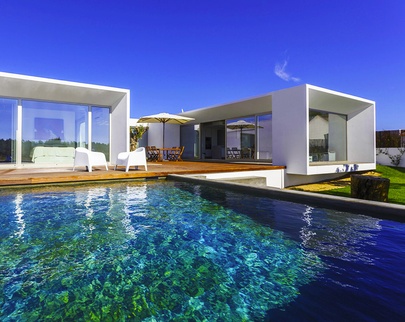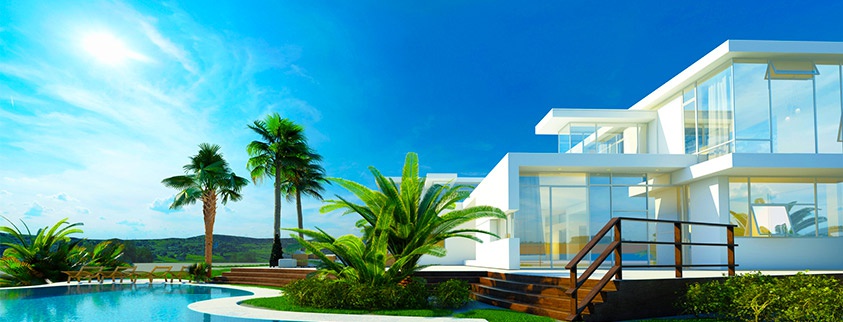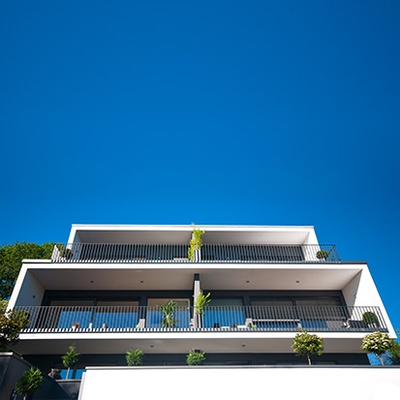

France’s natural assets are its source of wealth, and its position of Europe’s western last land, only extended by the Iberian Peninsula, offers a large Atlantic coastline, but also many land borders towards great partners in Western Europe. In this way, its residents can benefit from numerous cross-border situations. Among these neighbouring opportunities, Monaco possesses an ideal location, next to Italy, however cut off between French towns.
This seaboard is characterised by the Alpine foothill plunging into the Mediterranean Sea, as if the Principality, its wealth ceaselessly growing, its high standard of living, and its nearly non-existent unemployment were isolated from everything. Nevertheless, great human and official cross-border bonds are connecting these territories between them in this Franco-Monacan Riviera, going from the Var mouth to the Italian border. The vast majority of the Principality workers are indeed French, and almost a third of them comes from the bordering towns. Most of them are employees or executives, mainly dedicated to services, and are rather young, three quarters of them being under 40 years old.
Despite fiscal tensions in the 1960s, France and Monaco governments invested then in this bilateral opportunity in order to unite their destiny. Thus, the Franco-Monacan urban area is partly managed by a local cross-border commission, dedicated to deal with the numerous neighbouring topics between the Principality and the Alpes-Maritimes local authorities. In concrete terms, are decided there: commitments towards road and train access, agreements on telecommuting, growing in Monaco, or collaborations in great urban plans such as the new urbanisation over sea project in the Larvotto district.
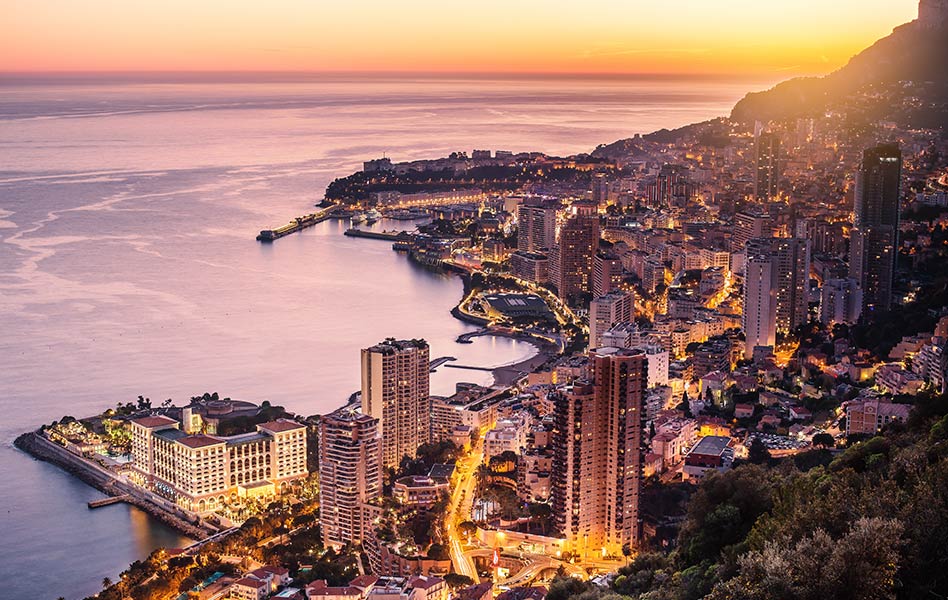

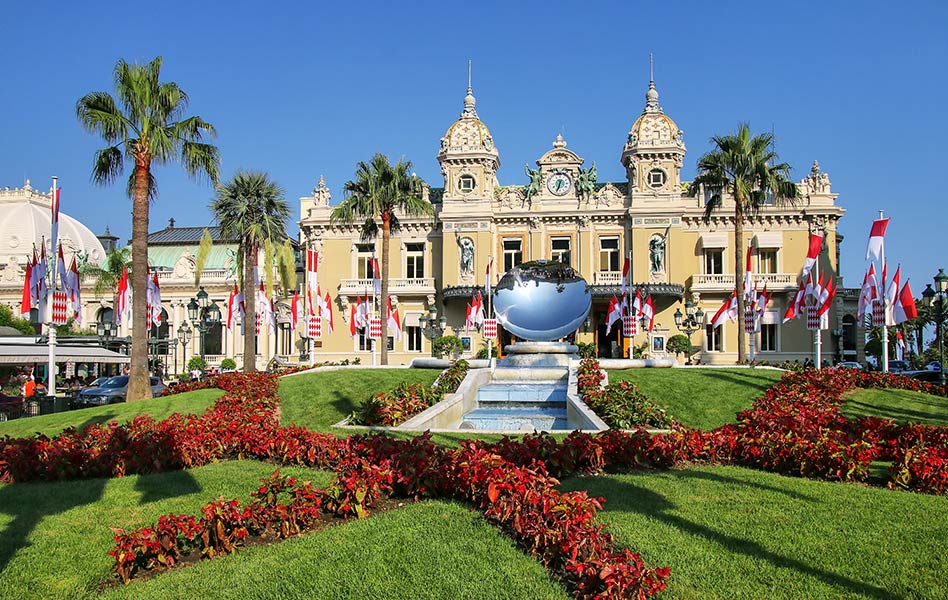
In these exchanges of constant flows, the adjacent towns are the most privileged. If Cap d’Ail is seen as the Principality Western door, Beausoleil is thought of as its upper balcony, spreading all along its nascent relief, to edge and share Monaco’s energy. Apart from these amazing panoramas in this incredible setting, Beausoleil benefits from this fortunate location in terms of investment, planning, and development. Fully merging with the Principality to the point where its frontier is hardly ever perceptible, Beausoleil shares the vitality and success of Monaco since the Belle Epoque in the 20th century, associated in its demographic, economic and touristic growth.
Today, the city is naturally a prime location for frontier workers looking for a geographic closeness in relation to their workplace, but also a really lower rent cost. Monaco is the world most expensive city for luxury real estate, somewhat obvious in the city gathering the biggest number of millionaires in the world, with 31 millionaires for 100 dwellers. However, in the 2 square kilometres of the Principality, the real estate market lowest brackets rarely drop below 20 000 € per square metre, for an average of 42 000 € per square metre in 2017. Comparatively, 7000 € per square metre on average for a property in Beausoleil do not fail to seduce investors and residents aware of this fortuitous situation.
Preserving the character of its Mediterranean treasure past with its alleys, squares and gardens, but also its Belle Epoque facades, the city is covered with little staircases, shaping the frame of its hilly territory. From there, current or future Beausoleil inhabitants can contemplate as much as benefit from the originality and the opportunity that Monaco represents.
Monte Coast View
The residence, made of 3 units, makes light of the relief, its differences in height and terraces, perfectly moulding the rocky lines that shaped the fame of Monaco landscape. Cadenced by the tones of terracotta ...

